6 Real Signs of Eating Too Much Fat Nutrition MD Wants You to Know
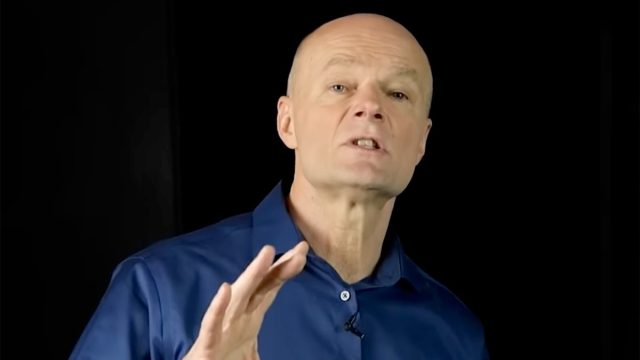
Ever caught yourself worrying about eating too much fat? You're not alone. Many of us count every gram of fat and stress over each "fatty" meal. However, according to Dr. Sten Ekberg, a holistic health expert and former Olympic decathlete, most of what we believe about dietary fat is wrong. Before revealing the six real signs of excessive fat consumption, Dr. Ekberg wants to clear up four common myths that mislead many health-conscious individuals. Understanding these misconceptions will help you better interpret your body's true signals about fat intake.
Myth 1: Weight Gain Comes From Eating Fat
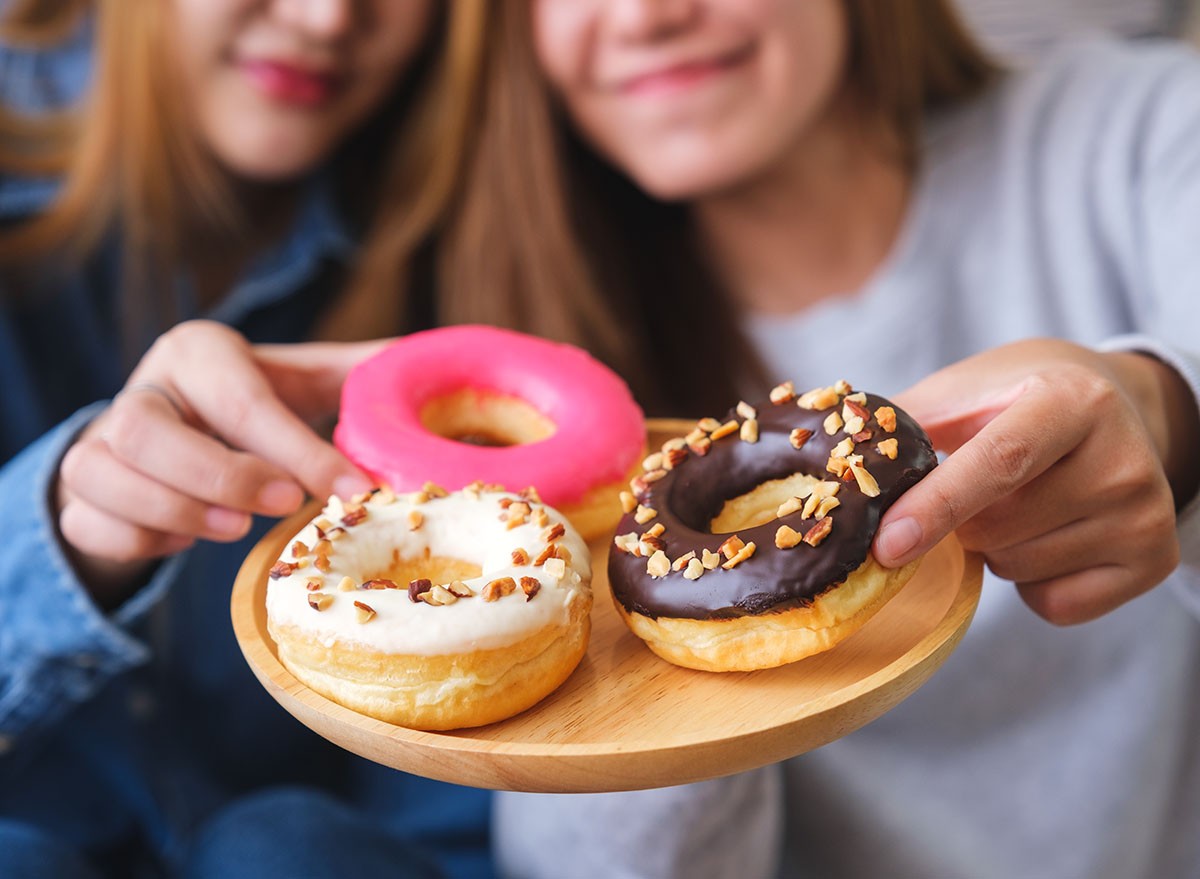
"When you eat fat, you burn the fat," Dr. Ekberg explains in his post. It's not fat itself that triggers fat storage – it's insulin, our fat-storing hormone. The real problem occurs when we combine high fat with high carbohydrates, as carbs trigger insulin production, leading to fat storage.
Myth 2: Fat Causes Insulin Resistance
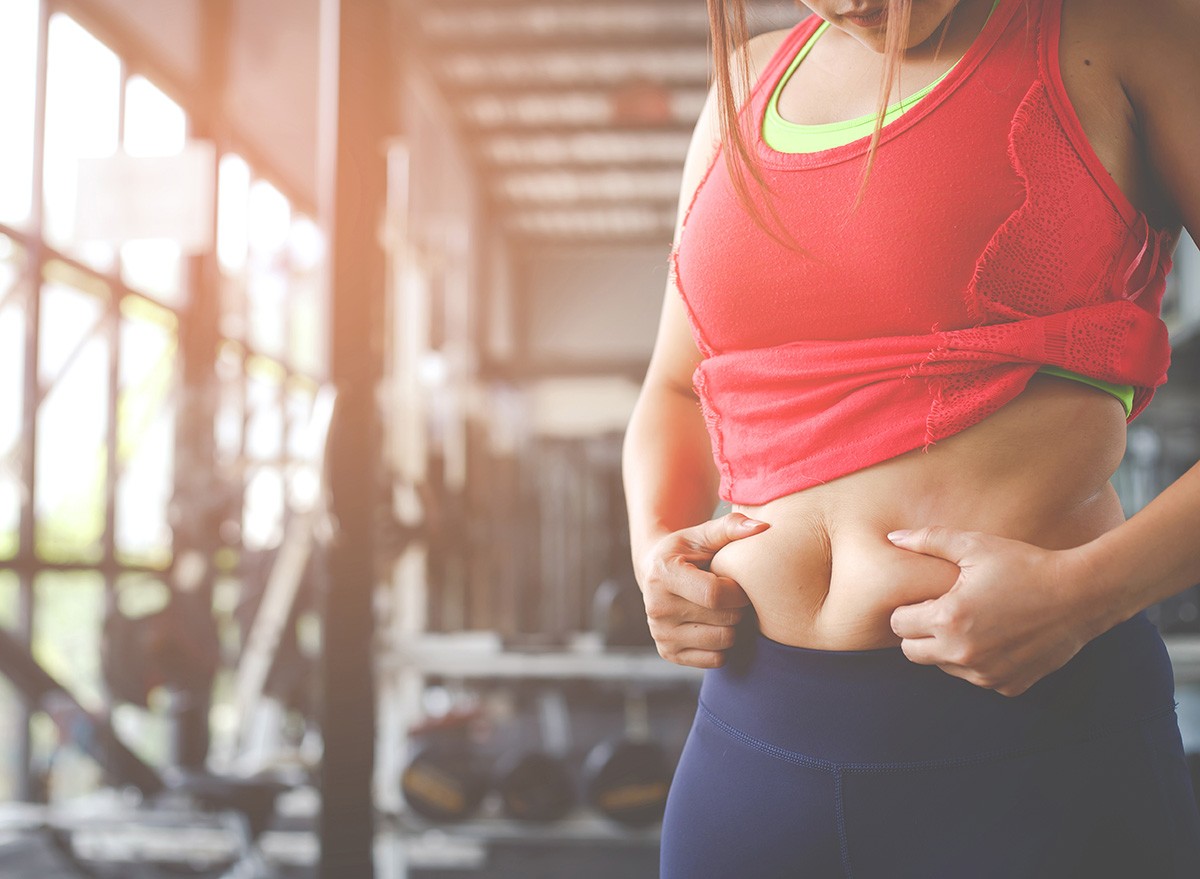
Dr. Ekberg clarifies that carbohydrates and resulting high insulin levels – not dietary fat – lead to insulin resistance. This condition makes it harder to burn fat and easier to store it, creating a cycle of increased hunger and potential overeating.
Myth 3: Fat Makes You Tired After Meals

Feeling sleepy after eating isn't due to fat consumption, Dr. Ekberg reveals. The real culprit is typically overeating, particularly when combining high amounts of carbohydrates and fats. This combination forces your body to work harder to process the meal.
Myth 4: Fat Is Bad For Your Heart
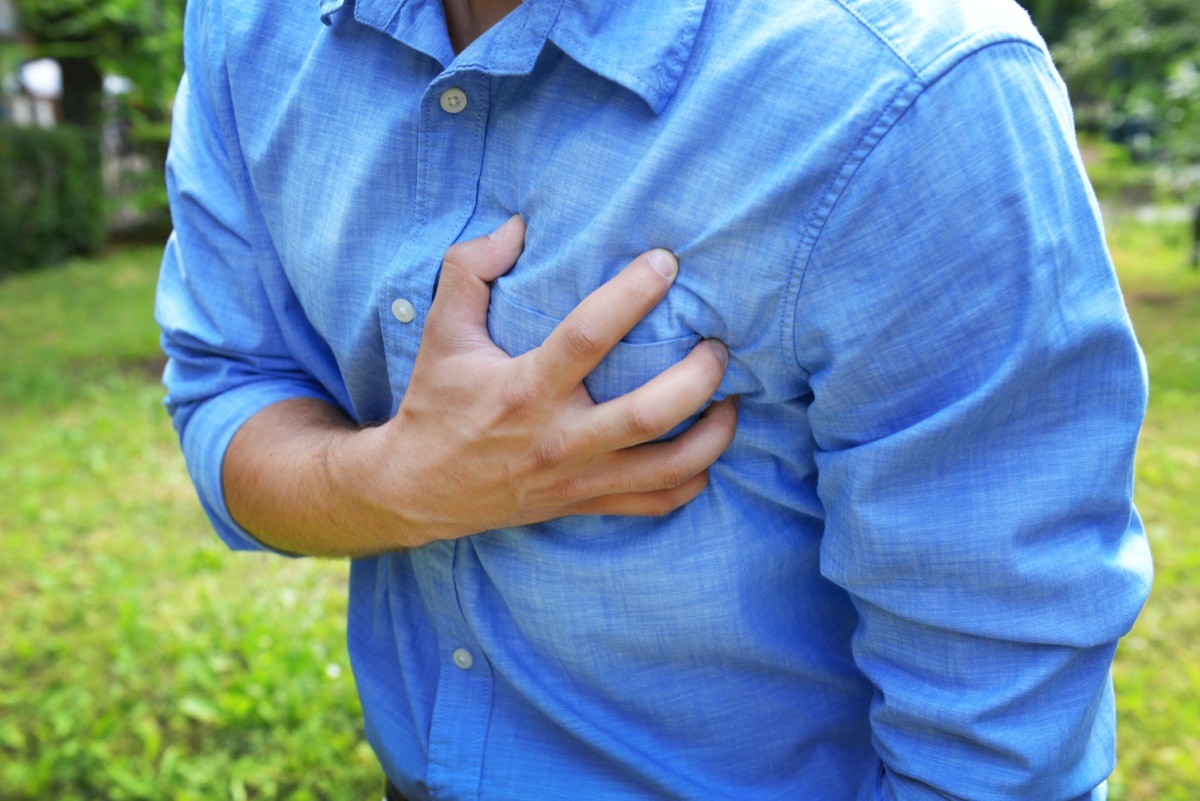
Dr. Ekberg challenges the belief that high-fat diets cause heart disease. The quality of fat matters more than quantity. Natural saturated and monounsaturated fats, like those in olive oil and properly sourced animal fats, can be consumed in larger amounts without causing heart problems – when not combined with high carbohydrate intake. Read on to discover real signs you're eating too much fat.
RELATED: 8 High-Protein Foods with Nearly Zero Calories That Melt Fat
Sign 6: Digestive Distress
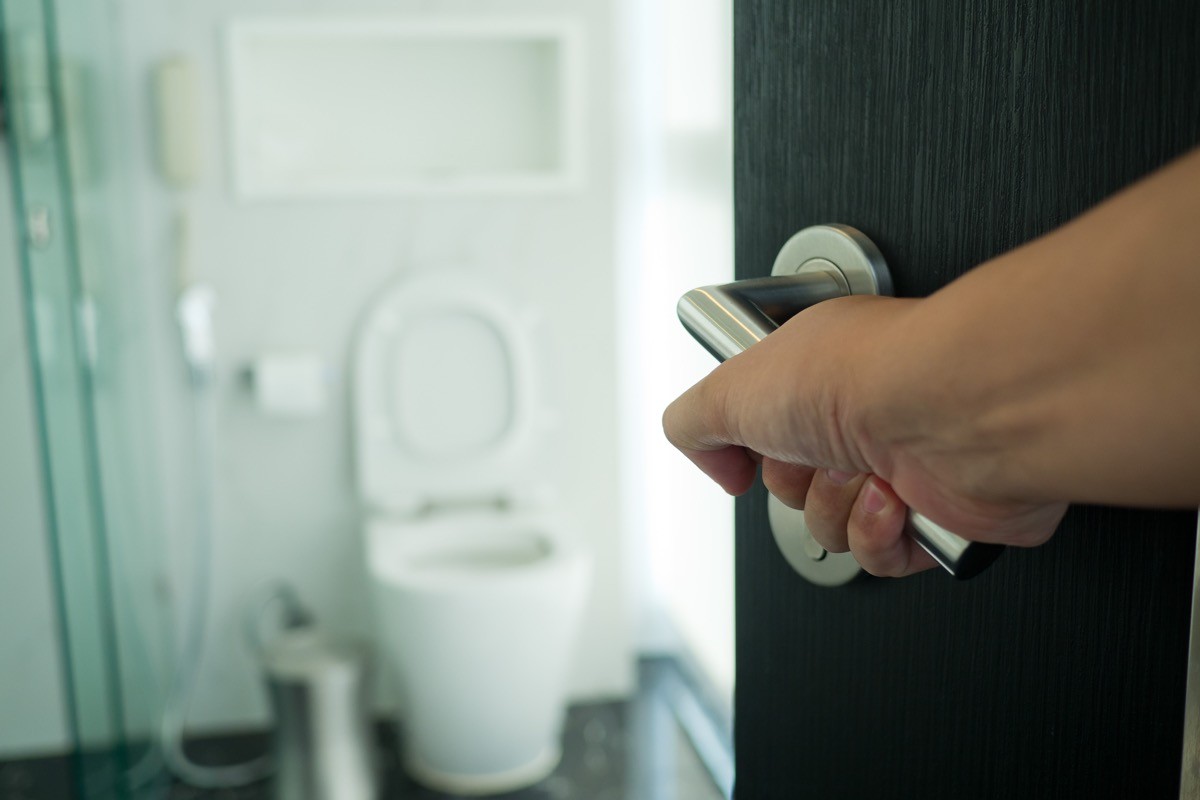
The first genuine sign of excessive fat consumption often appears as diarrhea, according to Dr. Ekberg. This occurs when your gallbladder struggles to release enough bile to break down dietary fat. If you experience this symptom, you might be consuming more fat than your body can currently process.
Sign 5: Floating Stools
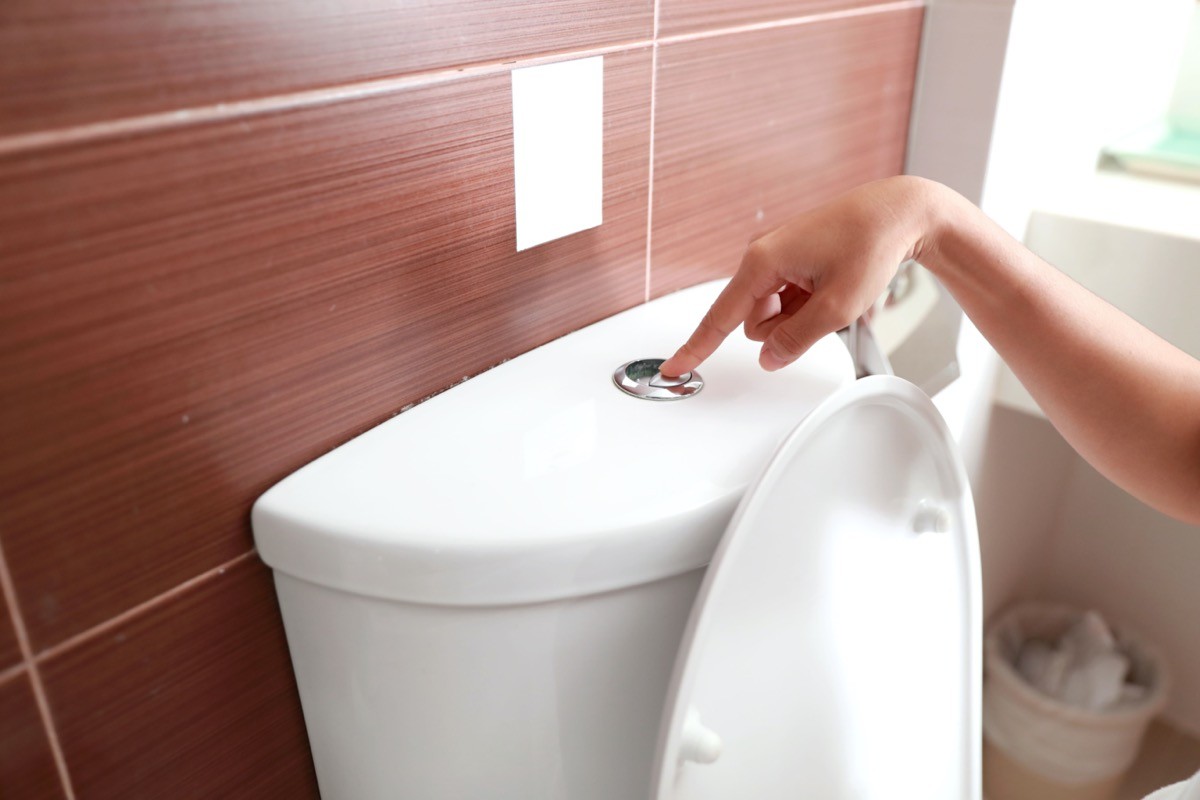
Dr. Ekberg points out that floating stools indicate incomplete fat digestion. This happens when your body can't properly break down and absorb dietary fat, either due to insufficient bile production or inadequate lipase enzyme levels.
Sign 4: Burping and Bloating

Frequent burping, bloating, and indigestion might signal that you're consuming more fat than your gallbladder can effectively process, explains Dr. Ekberg. These symptoms occur when insufficient bile production leads to poor fat emulsification.
Sign 3: Right Shoulder Pain

Dr. Ekberg describes an often-overlooked sign: pain in the right shoulder. This referred pain pattern stems from gallbladder stress and can extend from the neck down to the area between the shoulder blades. Many mistake this for ordinary muscle pain.
RELATED: 12-3-30 Walking Method: 20 Proven Tips to Lose Weight Faster
Sign 2: Pain Under Right Ribs

Pain in the right side under the rib cage might indicate gallbladder congestion from processing too much fat, Dr. Ekberg warns. While severe cases might require medical intervention, he suggests that fasting and proper supplementation can often help address these issues early.
Sign 1: Weight Loss Plateau
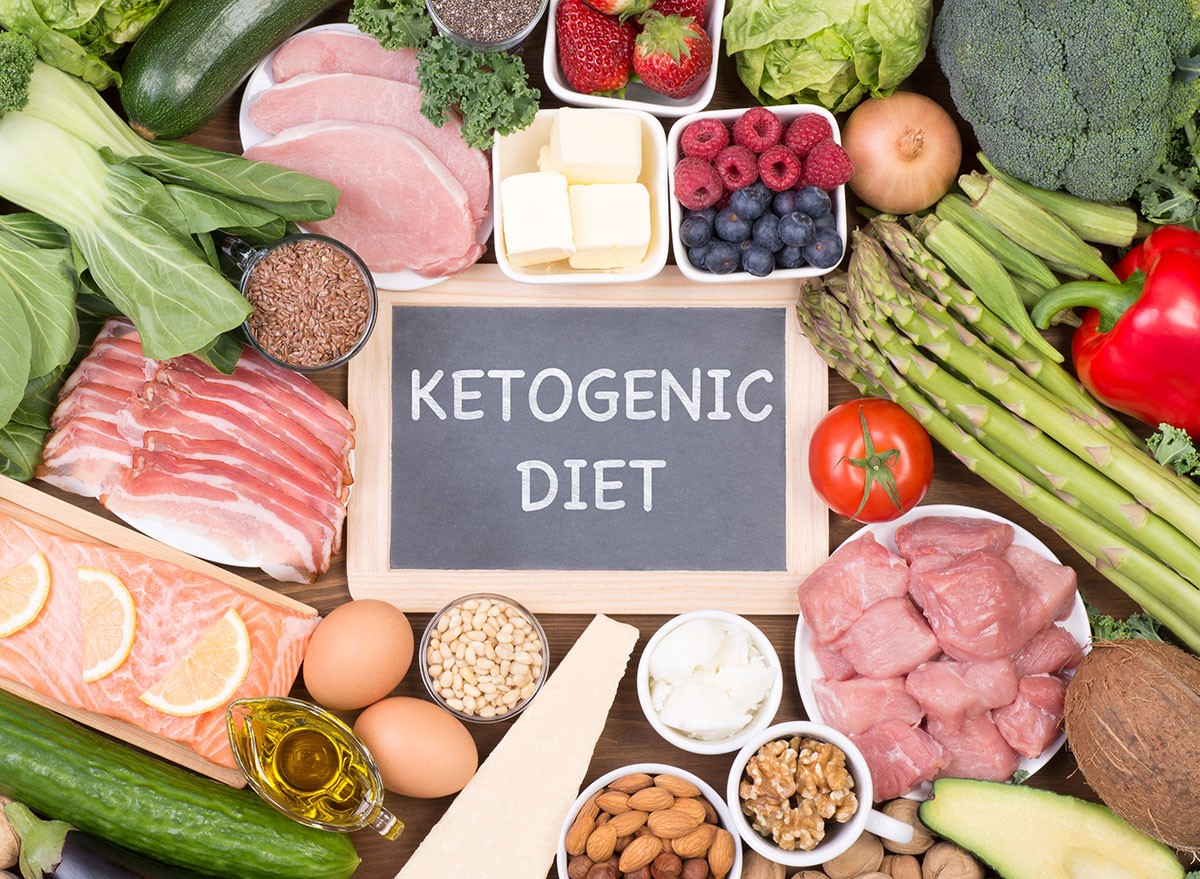
Even on a ketogenic diet, consuming too much dietary fat can prevent weight loss, Dr. Ekberg explains. While ketosis indicates fat-burning, your body might be burning primarily dietary fat rather than body fat. The solution? After becoming fat-adapted, gradually reduce dietary fat intake while maintaining low carb levels, allowing your body to tap into its fat stores for energy. And if you enjoyed this article, take advantage of these 15 Quick Ways to Lose Body Fat Percentage in a Week.




